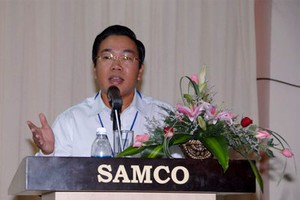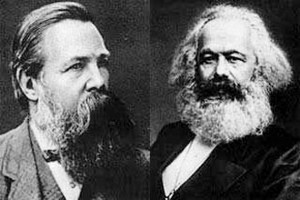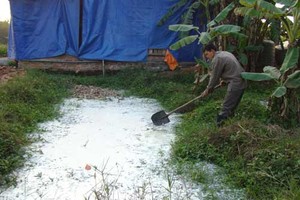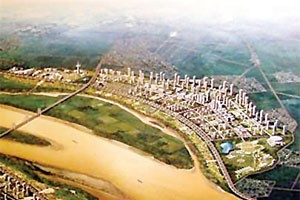In recent years, the success of leftist movements in Latin America have brought into power a series of high-profile leftist leaders who are seeking ways to build “21st century socialism.”
After profound political changes in the Soviet Union in 1991, which led to the disintegration of the bloc and then the collapse of other socialist countries in Eastern Europe, anti-communist forces stirred up virulent movements like the “street”, “velvet”, and “color” revolutions.
But ate same time, a “red wave” emerged in the western hemisphere, bringing leftist leaders to power through democratic elections in Brazil, Bolivia, Chile, Venezuela, Argentina, Panama, Paraguay, Nicaragua, and Ecuador – all Latin American countries the US had once considered its “backyard.”

Home to 560 million people, Latin America has massive natural resources that can ensure a high standard of living for double that number, according to economists.
But hundreds of millions in Central and South America live in poverty. In Argentina, a minority of rich landlords, accounting for 1.2 percent of the population, possess more than half the country’s arable land. In Mexico, there was a time when two million farmers had no land while some 2,500 landlords owned 10,000-300,000 hectares each.
In the 1980-99 period, the number of poor in Latin America went up by 100 million. Foreign debt rose to US$850 billion and the number of jobless soared to more than 200 million. Poverty, unemployment, corruption, and social crisis were seen as chronic diseases in the region.
Determined to resist pressure from the US to embrace neo-liberalism, popular leftist leaders like Daniel Ortega in Nicaragua, Lula da Silva (Brazil), Hugo Chavez (Venezuela), Evo Morales (Bolivia), and Rafael Correa (Ecuador) have been seeking new models for their struggles to build democracy and new-style socialism or socialism for the 21st century.
Latin Americans now focus their struggles on areas like ethnicity, civil rights, welfare, democracy, and social development.
In the vanguard of the movement are Brazil’s Labor Party, Chile’s Socialist Party, Nicaragua’s Sandino National Liberation Front, Bolivia’s Movement Toward Socialism Party, and Venezuela’s Fifth Republic Movement.
They have been voted into power and have carried out constitutional reforms, nationalizing some key economic sectors like oil and gas, alleviating poverty, eliminating illiteracy, expanding public school systems, and improving public healthcare services.
Following their success in the political arena, the leftist leaders will have to resolve long-lasting problems like ethnic people’s rights, civil rights, democracy, and social welfare.
To build socialism for the 21st century, they have mapped out the following main tasks.
Firstly, to set up in each country a pioneering political party that is democratic and revolutionary.
Secondly, to amend the constitution and take constitutional measures to reform the capitalist state apparatus and adopt a series of policies like stepping up nationalization of major sectors like oil and gas, electricity and telecommunications, and give priority to investment in social welfare programs.
Thirdly, to pay special attention to building a revolutionary army, using is as a political and military instrument to protect and develop the revolution.
And finally, to strengthen solidarity and expand relations between leftist governments and other countries in Latin America and the Caribbean, particularly Cuba, to achieve collective strength and protect economic sovereignty.
The recent achievements of the leftist movements in Latin America have shattered the “geographic fatalism” that has long haunted the region. They are proving that the collapse of socialist regimes in the Soviet Union and Eastern Europe do not mean the collapse of socialism as a scientific and revolutionary theory. They are also helping validate the soundness and vitality of the Marxist doctrine.
Related Articles:
21st century socialism needed to supplant ‘bankruptcy of capitalism’: US academic
Socialism or kinder capitalism?
Victims of financial crisis or capitalism?























